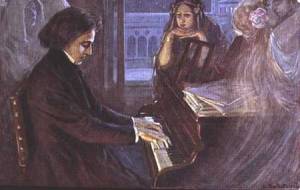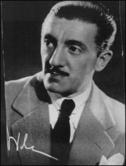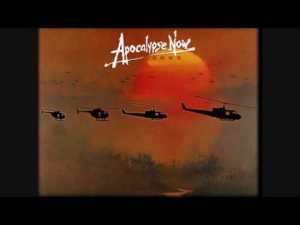2007, September 28 – PUBLISHED, “TANGO LESSONS FOR LIFE”
 “To surrender when you dance is a sign of trust and deep spiritual faith” says Jeannette Potts in her book “Tango Lessons of Life”…Jeannette turned her passion for tango into a series of seminars on how to live better through the lessons of dancing tango…she hugs her students and talks about the spirituality of the embrace…tango is the embrace and it gives us a feeling of power and yet vulnerability, “as when we fall in love” she says….ah! and she cautions of the women on female narcissism, “self indulgence and self obsession is an addiction and it destroys the dance”…she talks of giving and loving; “happiness is a by-product of helping others”…she uses the lessons of tango to help tired executives, to improve leadership, to be better parents, to reawaken femininity and to learn how to heal ourselves…but in her day job, Jeanette is a Urologist specializing in infectious diseases and chronic pain…
“To surrender when you dance is a sign of trust and deep spiritual faith” says Jeannette Potts in her book “Tango Lessons of Life”…Jeannette turned her passion for tango into a series of seminars on how to live better through the lessons of dancing tango…she hugs her students and talks about the spirituality of the embrace…tango is the embrace and it gives us a feeling of power and yet vulnerability, “as when we fall in love” she says….ah! and she cautions of the women on female narcissism, “self indulgence and self obsession is an addiction and it destroys the dance”…she talks of giving and loving; “happiness is a by-product of helping others”…she uses the lessons of tango to help tired executives, to improve leadership, to be better parents, to reawaken femininity and to learn how to heal ourselves…but in her day job, Jeanette is a Urologist specializing in infectious diseases and chronic pain…
***
She studied fine arts in college and sold automobile parts internationally before deciding to enter medical school….but it was her beloved grandmother Lily in Mexico City, a lover of dance, who bedazzled her with dancing stories and encouraged her to dance…she studied salsa and cumbia and even did slam dance at an inner city punk bar…one day she discovered tango in Cleveland and it changed her life…she later perfected her tango in Mexico City and Buenos Aires…through her infectious enthusiasm, her human warmth, the gleam in her eyes and he natural elegance she began to share her observations and lessons of life through highly successful seminars which include a passionate tango dance demonstration…one student said, “it reminded me of all the great artists I have ever seen…you brought the meaning to light and brought it all together as a humble teacher”
highly successful seminars which include a passionate tango dance demonstration…one student said, “it reminded me of all the great artists I have ever seen…you brought the meaning to light and brought it all together as a humble teacher”
____________________
- CLICK HERE –

















